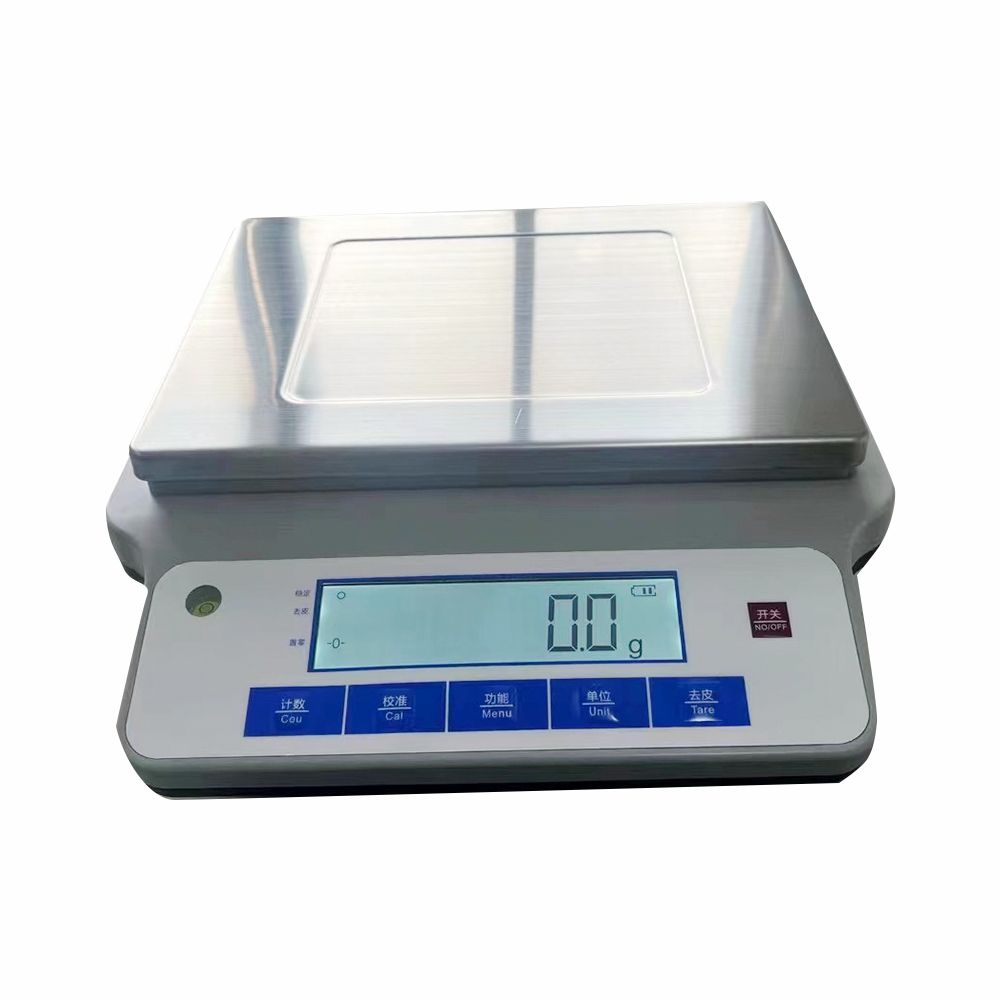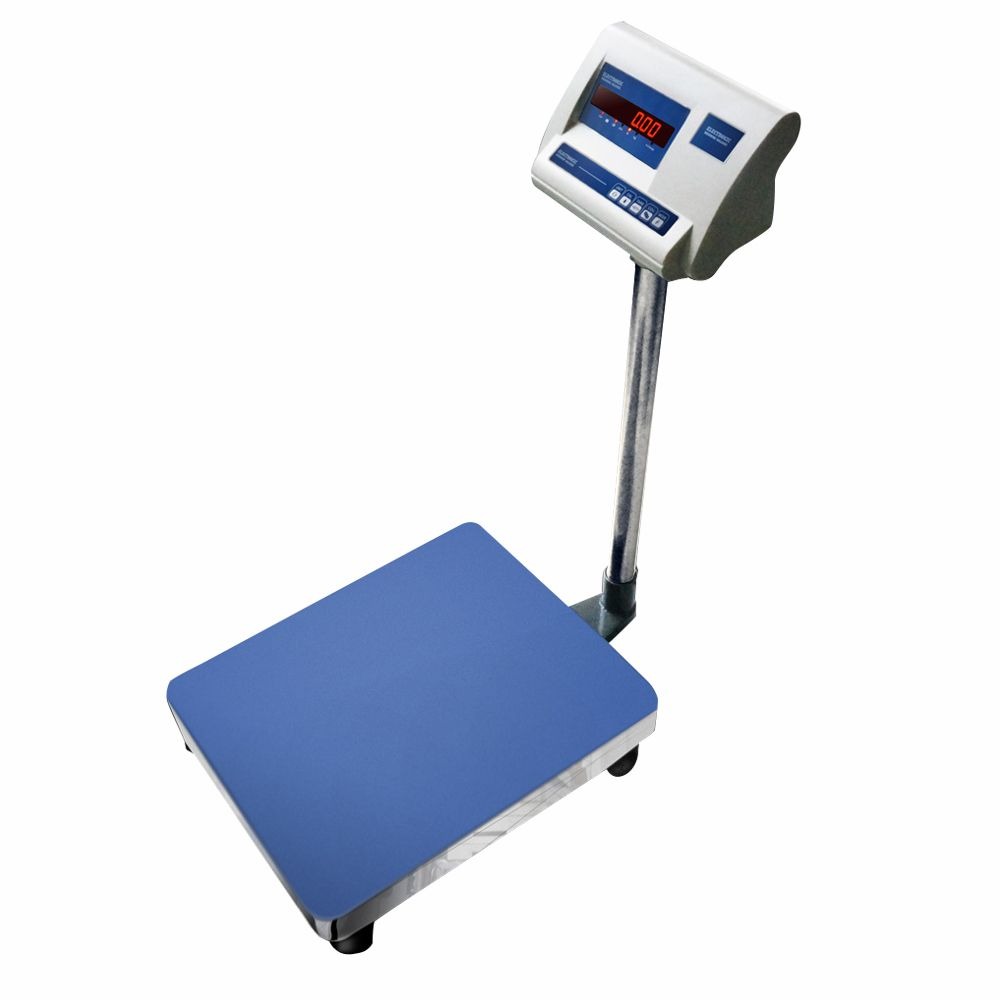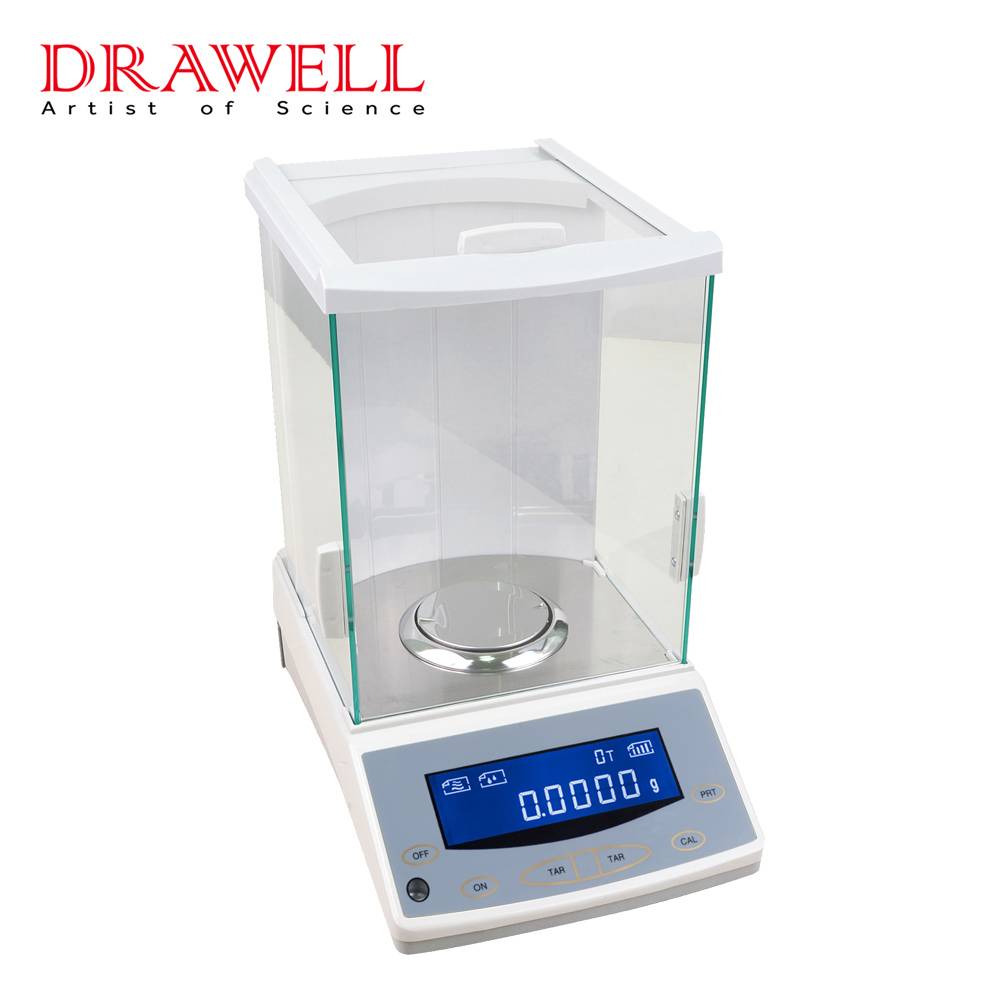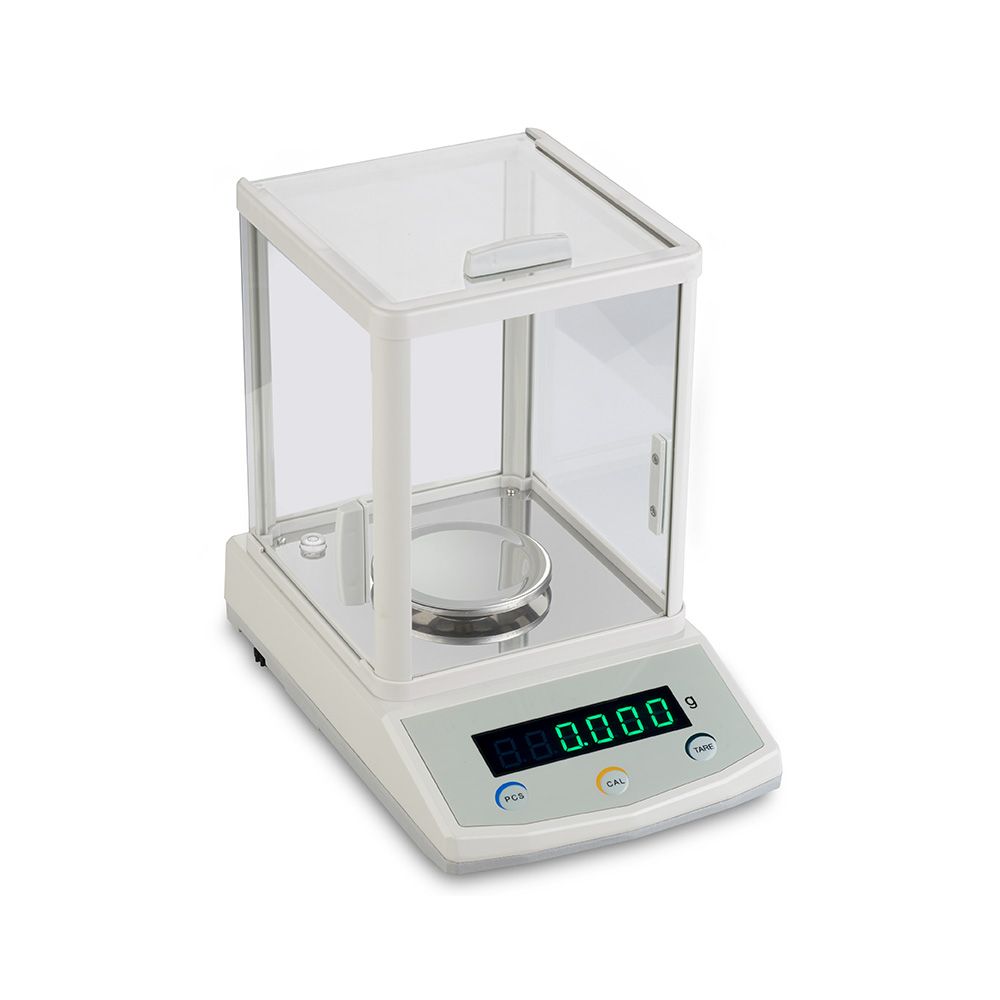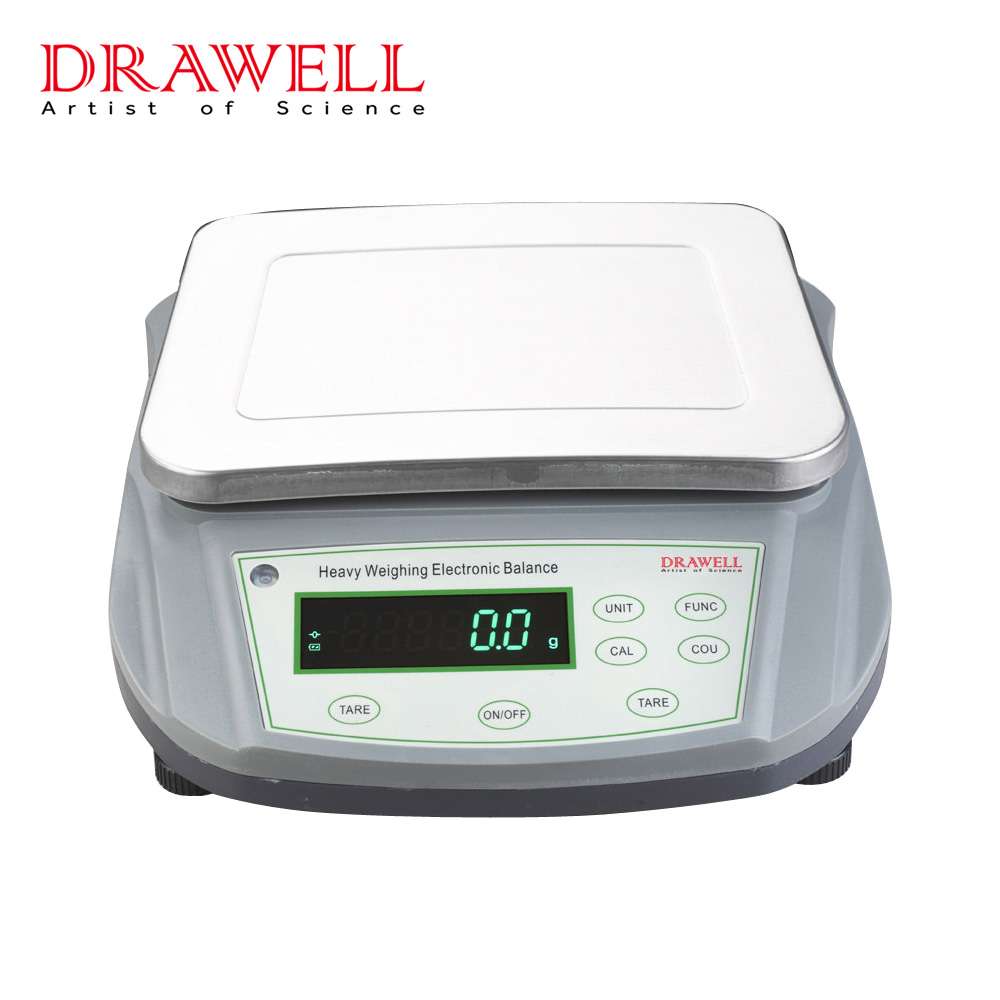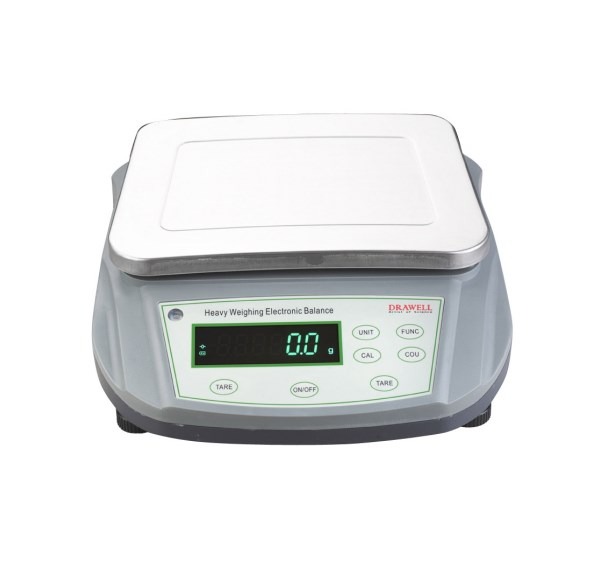In the dynamic world of scientific research and analysis, precision is paramount. Laboratories, as the epicenters of groundbreaking discoveries and advancements, rely heavily on accurate measurements to ensure the integrity and reliability of their results. Traditional weighing methods have evolved, giving way to digital weighing balances that have revolutionized the way scientists and researchers approach measurements. In this article, we explore the different types of digital weighing balances in laboratories, shedding light on their key features and the myriad benefits they bring to the scientific community.
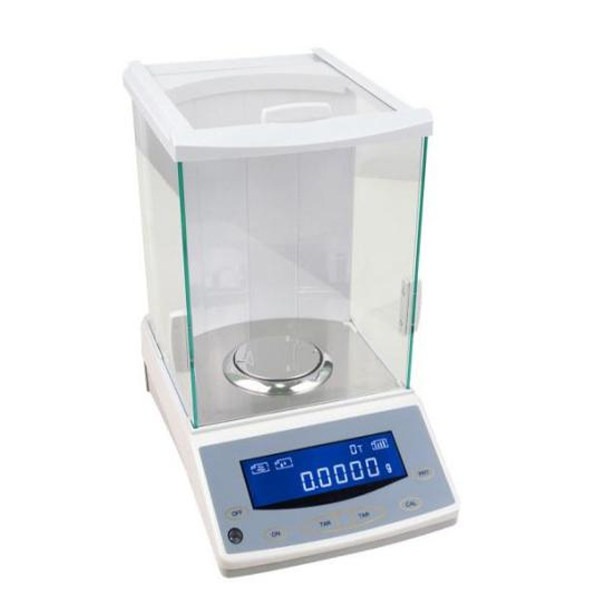
The Evolution of Technology for Digital Weighing Balance
The journey from manual balances to digital weighing technology represents a significant leap in laboratory instrumentation. Traditional balances, while effective, are susceptible to human error and often require meticulous calibration. Digital weighing balances, on the other hand, leverage advanced technology to provide unparalleled precision and efficiency.
What are the Types of Digital Weighing Balance for Laboratory?
There are many different types of digital weighing balances for the laboratory, each with its own specific features and capabilities. The most common types include:
Analytical Balances
Analytical balances are the most precise type of laboratory balance, with a readability of 0.1 milligrams or less. They are used to weigh small samples of material, such as chemicals, pharmaceuticals, and biological specimens. Analytical balances are typically equipped with draft shields and windscreens to minimize environmental disturbances, and they are often housed in temperature-controlled environments to ensure accuracy.
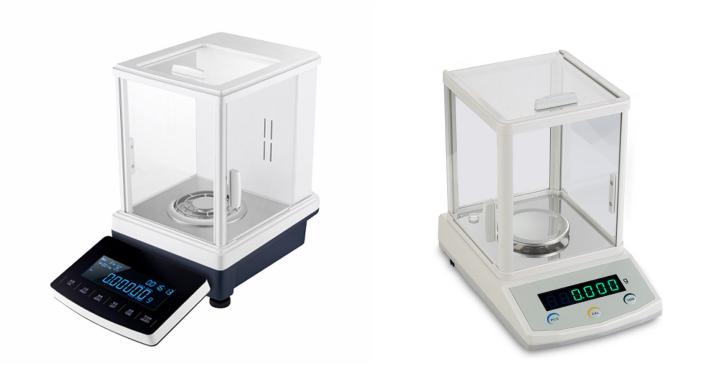
Precision Balances
Precision balances are less precise than analytical balances, but they have a higher capacity. They are typically used to weigh samples ranging from a few grams to several kilograms. Precision balances are commonly used in a variety of laboratory applications, including food science, quality control, and environmental testing.
Micro Balances
Micro balances are the most sensitive type of laboratory balance, with a readability of 1 microgram or less. They are used to weigh extremely small samples, such as dust particles and DNA fragments. Micro balances are often used in research laboratories and in specialized industries, such as the semiconductor industry.
Top-Loading Balances
Top-loading balances are less precise than analytical balances, but they have a larger weighing capacity, typically up to 10 kilograms. They are used for weighing a variety of materials, including chemicals, powders, and food products. Top-loading balances are typically faster and easier to use than analytical balances, making them ideal for general laboratory use.
Moisture Analyzers
Moisture analyzers are used to determine the moisture content of materials. They work by heating a sample of material to a specific temperature and measuring the weight loss. Moisture analyzers are typically used in food processing, pharmaceutical manufacturing, and other industries where it is important to control the moisture content of products.
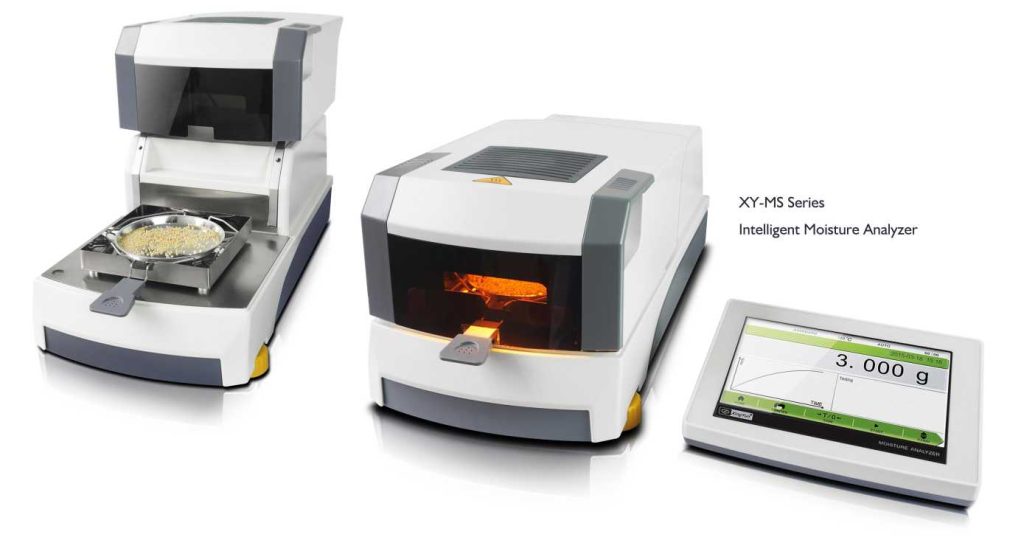
What are the Key Features of Digital Weighing Balance for Laboratory?
Digital weighing balances offer a number of key features that make them ideal for laboratory use, including:
- Accuracy and Precision
Digital weighing balances boast exceptional accuracy and precision, offering scientists the confidence that their measurements are reliable and reproducible. These instruments are designed to detect even the slightest changes in weight, ensuring that no data is overlooked or misrepresented.
- Automated Calibration
Calibration is a critical aspect of accurate measurements. Digital weighing balances streamline this process by offering automated calibration features. This reduces the likelihood of errors associated with manual calibration, enhancing the overall reliability of the measurements.
- Ease of use
Digital weighing balances are typically very easy to use. They have large, easy-to-read displays and simple controls. The intuitive user interfaces of digital weighing balances simplify the weighing process. Researchers can easily input parameters, track measurements, and analyze data, promoting a more streamlined and efficient workflow. This user-friendly aspect is particularly beneficial in busy laboratory settings where time is of the essence.
- Data Recording and Connectivity
Digital weighing balances are equipped with data recording capabilities, allowing researchers to store and retrieve measurement data efficiently. Moreover, many modern digital balances offer connectivity options, enabling seamless integration with laboratory information management systems (LIMS) and other data analysis tools.
- Environmental Adaptability
Digital weighing balances are designed to operate in diverse laboratory environments. They are often equipped with features that minimize the impact of external factors such as air currents and temperature fluctuations, further enhancing the reliability of measurements.
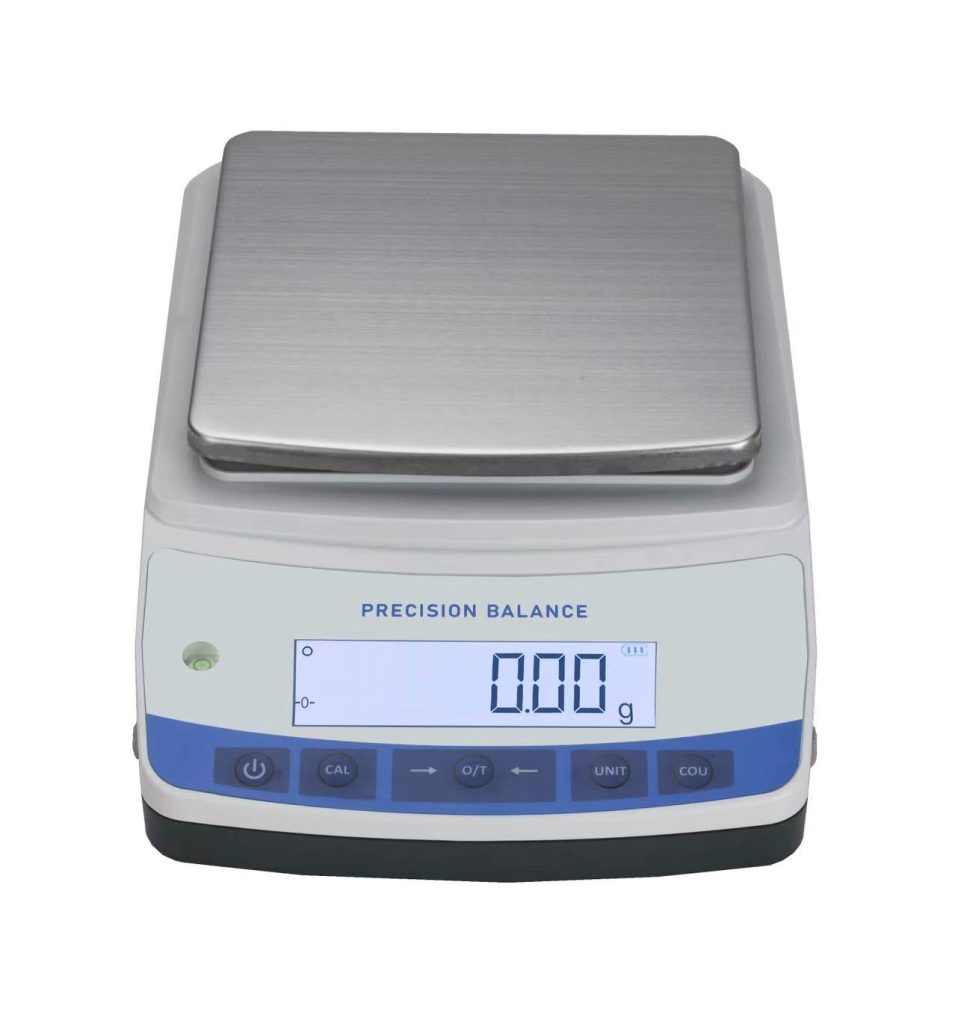
What are the Benefits of Digital Weighing Balance used in Scientific Research?
Time Efficiency
The speed and efficiency with which digital weighing balances deliver accurate measurements significantly contribute to time savings in laboratories. Researchers can focus more on data analysis and interpretation rather than spending excessive time on weighing procedures.
Increased Productivity
The automation and precision offered by digital weighing balances contribute to increased overall productivity in laboratories. Researchers can handle multiple tasks simultaneously, confident that the measurements obtained are of the highest quality.
Enhanced Reproducibility
Reproducibility is a cornerstone of scientific research. Digital weighing balances play a crucial role in achieving this by consistently providing accurate measurements, ensuring that experiments can be replicated with confidence.
Quality Control and Compliance
In industries where adherence to quality control standards is paramount, digital weighing balances are indispensable. These instruments help laboratories meet regulatory requirements by providing traceable and auditable measurement records.
Conclusion
The incorporation of laboratory digital weighing balances into scientific processes signifies a revolutionary change in the quest for precise and effective measurements. These instruments, with their advanced functionalities, user-friendly interfaces, and capacity to boost overall efficiency, have become essential in contemporary research.
Regarding the pricing of laboratory digital weighing balances, it’s important to consider the specific features and capabilities required for the intended applications. Prices can vary based on factors such as precision, accuracy, calibration options, data output capabilities, and additional functionalities. It is advisable to consult different manufacturers and their respective features to determine the best balance between performance and cost for the laboratory’s needs.
As the landscape of technology advances, it is anticipated that the significance of digital weighing balances, especially concerning laboratory workflows, will further amplify, influencing the trajectory of scientific exploration and advancement.

